Hi, I’m Dr. Karyn! Read my introduction to learn more about me and meet my five hilarious cats: Clutch, Cyril, Alex, Zelda, and Zazzles.
We have a saying in our house: “Because, cat.”
Whenever one (or more) of the cats does something inexplicable or irritating, that doesn’t make sense, it’s always because, cat. Because despite what we know about feline intelligence, sometimes it seems like our cats enjoy defying logic, almost as though they get a real kick out of causing confusion and frustration in their human servants. And just when you decide to point out the error of their ways, they cast a withering stare in your direction and show us that they knew what they were doing all along.
Take Alex for example: he has recently taken to jumping on top of our fridge, obviously enjoying the view from up high. Sometimes he seems to fret, meowing tragically, seeming unable to get himself down, only to jump down as soon as we offer help. Having learned our lesson, we try to ignore him now, but he will frantically yell until we dutifully drag over the step ladder to bring him down. As soon as one of us steps onto the ladder, boom – he jumps down onto the table and off he goes. I am certain that if he could, he would be giggling all the way upstairs. Because, cat.
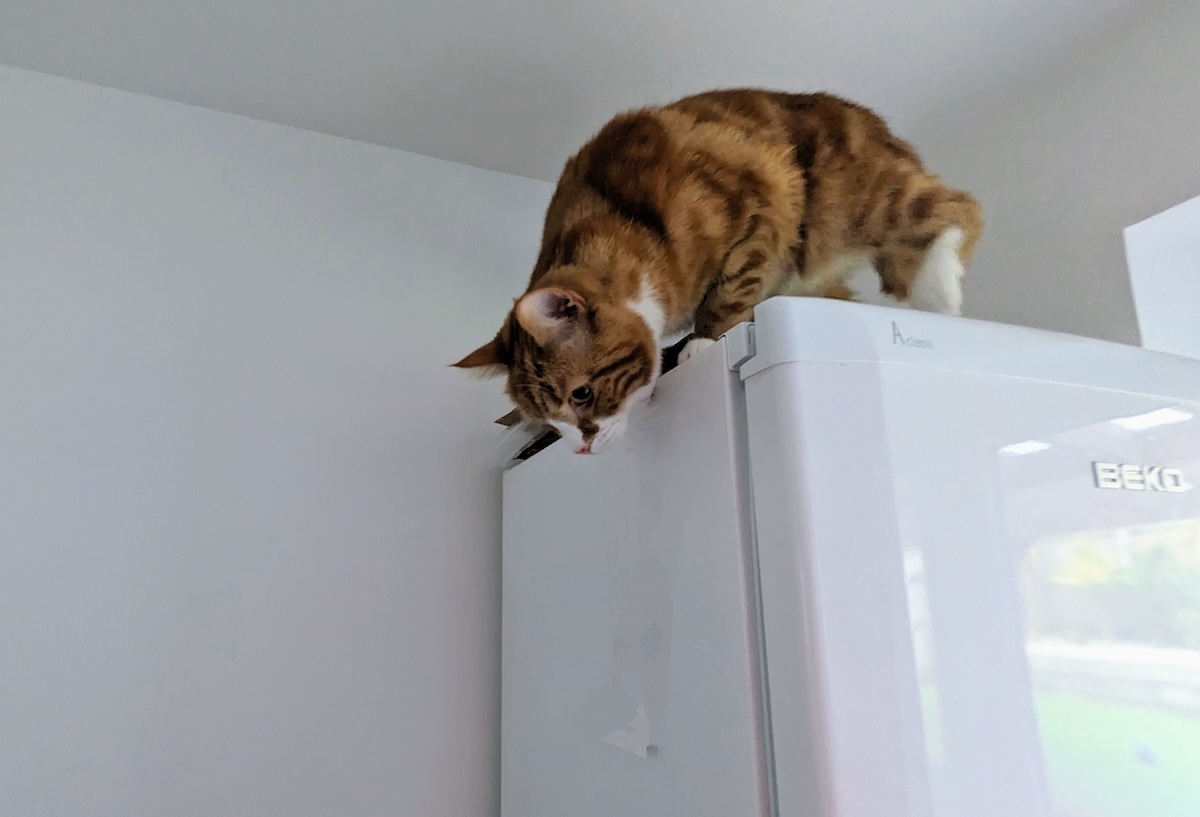
Then there is the issue of cat beds, which I am sure many of you are familiar with. If you ever want to stop a cat from sleeping somewhere, put a bed there.
Sometimes I think that it’s infantile stubbornness; that it’s not a good idea unless it’s their idea. Other times it seems like they are annoyed that we have ruined their perfectly good, uncomfortable-looking sleeping spot with a nice, soft bed. As if to say, “If I wanted a comfortable bed, I would have found one. How dare you insult my intelligence.” Personally, I think they’re mad. These fluffy beds are super comfortable!
Furthermore, it seems that the more money you spend on a bed, the less likely they are to use it.

Most people who live with cats will agree that our feline friends are easily offended, independent thinkers, who don’t take kindly to coddling or condescension. Perhaps accepting the kind offer of a cozy bed suggests weakness in their capabilities, or acknowledges that their human slaves may be more than just warm laps that can open tins of food.
Or perhaps we’re overthinking it. Perhaps the reason is just “because, cat.”
Getting the Upper Hand
Fortunately, we wiley humans are starting to work out how to undermine this situation, myself included, figuring out how to “trick” our cats into using the beds we work so hard to supply. I find that the trick is to treat the bed either like a discarded scrap, or like something that the cats are not supposed to sleep on. This works particularly well in the case of Clutch.
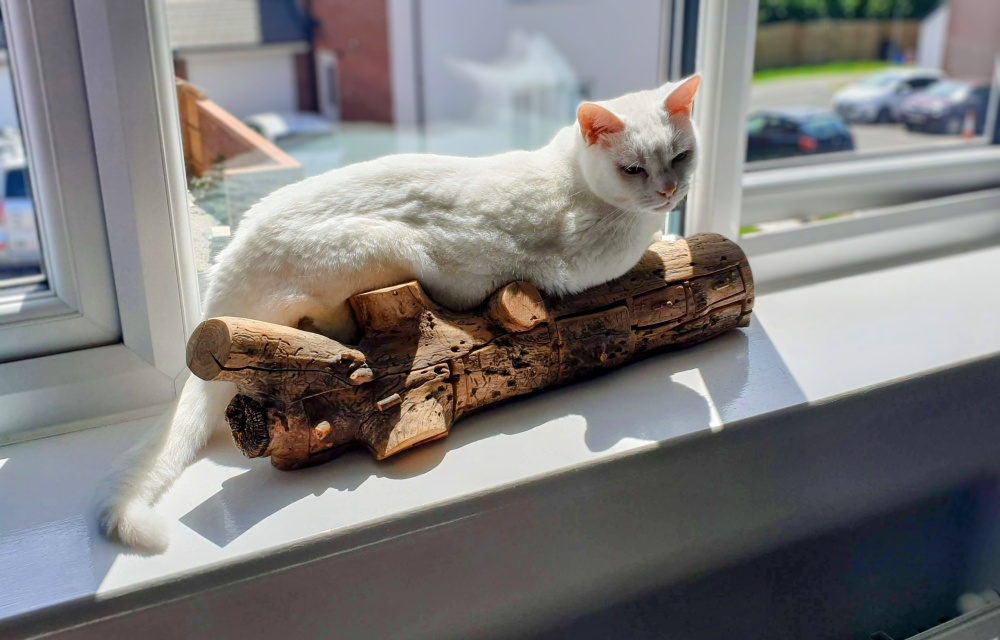
Ordinarily, Clutch’s favorite sleeping places, in order of preference, are:
- My head
- Uncomfortable, hard objects (eg. fruit bowl, rubbish bin, decorative log etc)
- Newly washed clothing
- Newly washed black clothing
- Brand new clothing
- Brand new black clothing
- Brand new black clothing belonging to a visitor
So ‘tricking’ Clutch to enjoy the luxury of a new bed can be as simple as placing some clean laundry on it, and ejecting him from it a couple of times, giving him the impression that he’s not supposed to be there.
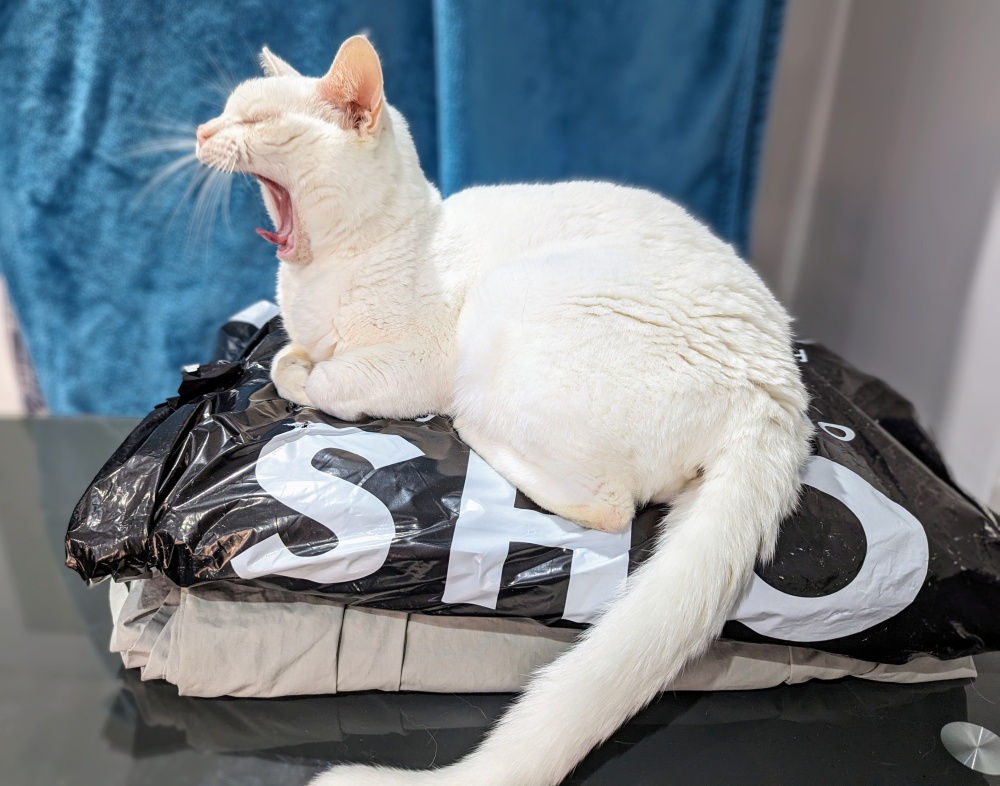
The rest of the cats in the house can be tougher nuts to crack, and the first step is not placing the bed in the goal location, or in a spot they already sleep. I have found, through a process of trial and error, that my cats need to “find” a bed and claim it as their own, rather than accept it as a gift; it needs to be their idea. Once the bed has been accepted, I can relocate it to a more convenient spot, but this needs to be a covert operation. If the cats see me moving the beds, it’s game over.
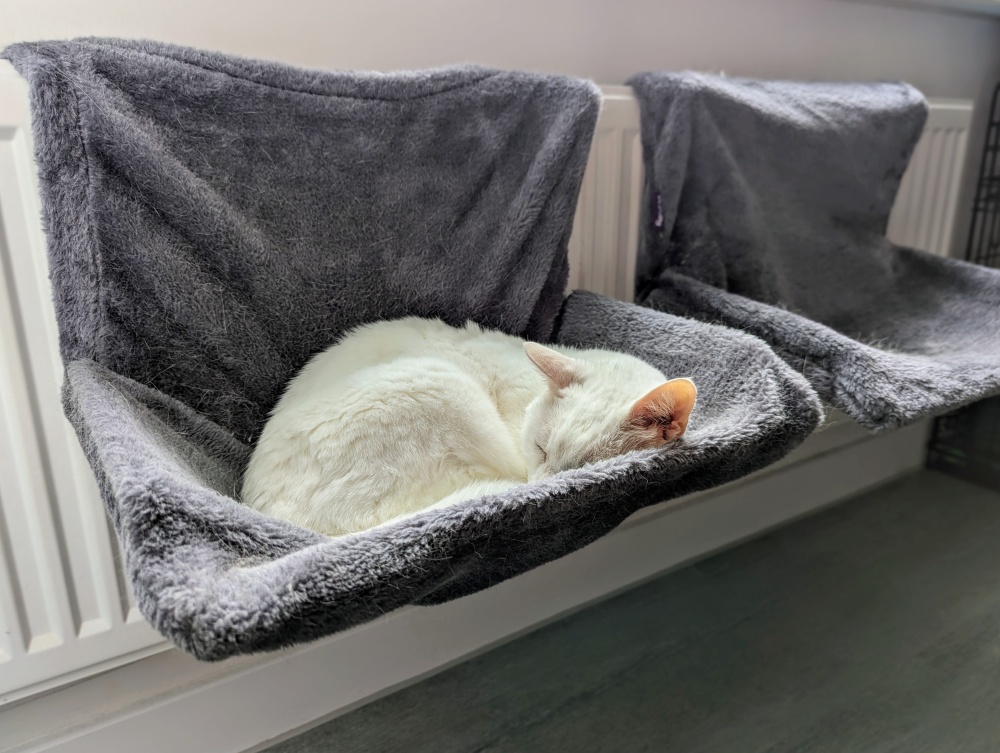
Who’s Tricking Who?
I’m sure that some of you are reading about the subterfuge involved in getting my cats to actually sleep in their new beds is a bit nuts. I’m also sure that some of you have engaged similar covert tactics to get your cats to accept a new bed.
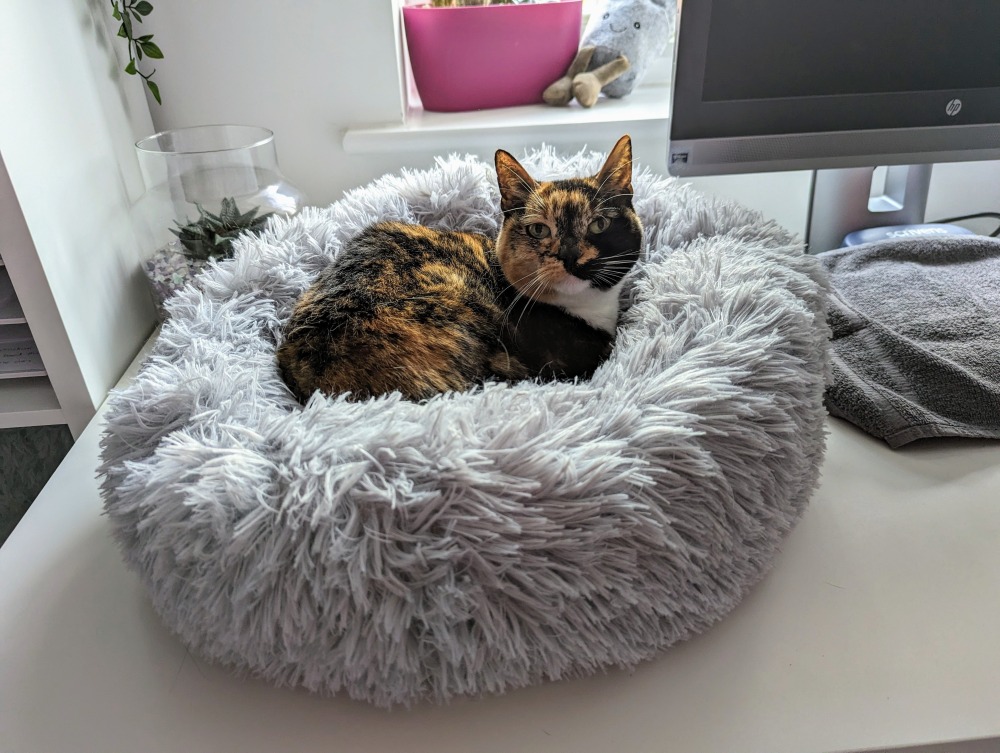
And just as I’m feeling victorious, enjoying the sight of my cats snuggled into the nice warm beds, I start to wonder: have I successfully manipulated them, or are they sitting back and enjoying the convoluted antics of their human? Why must it always be so complex?
Because, cat.










